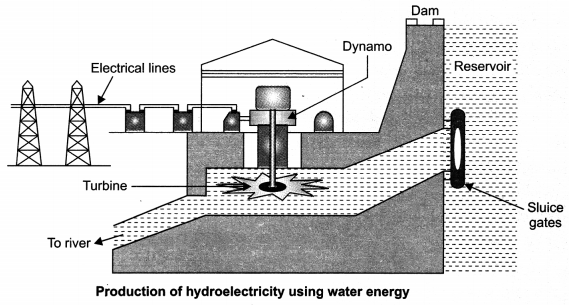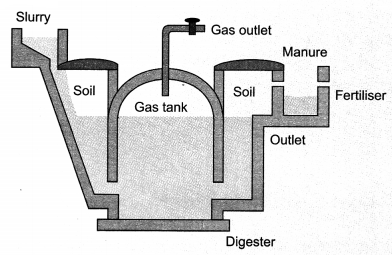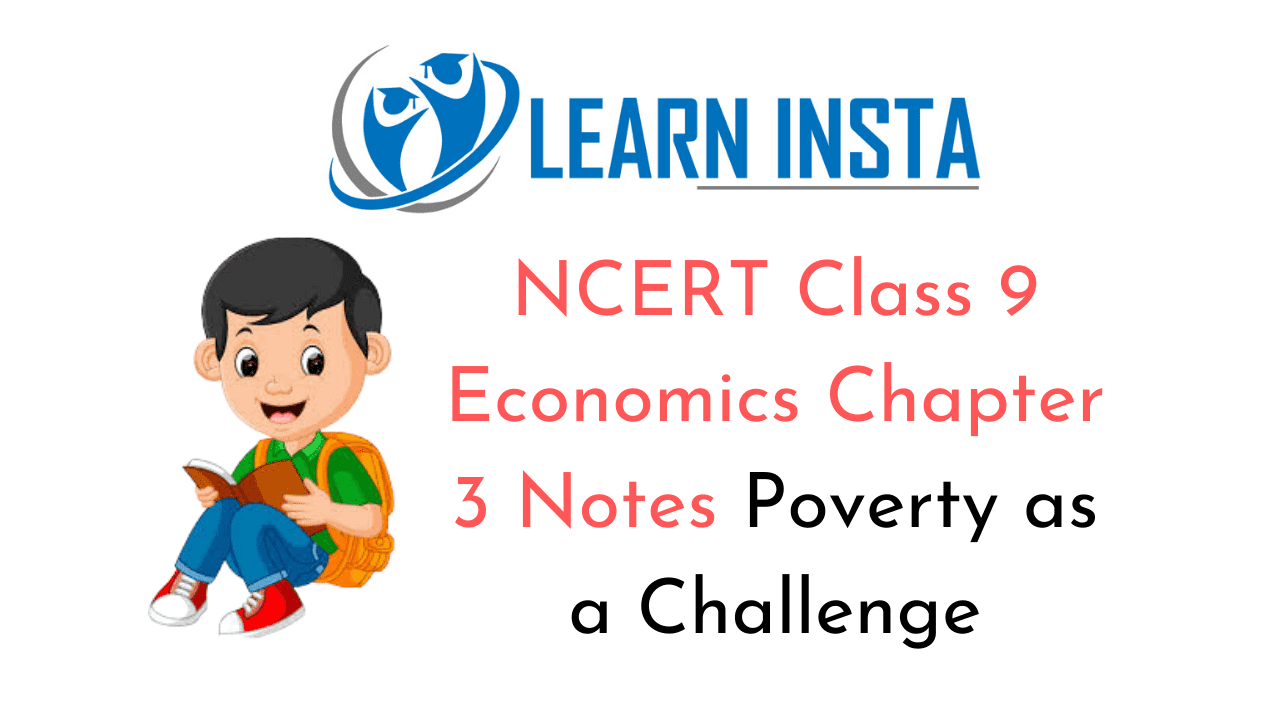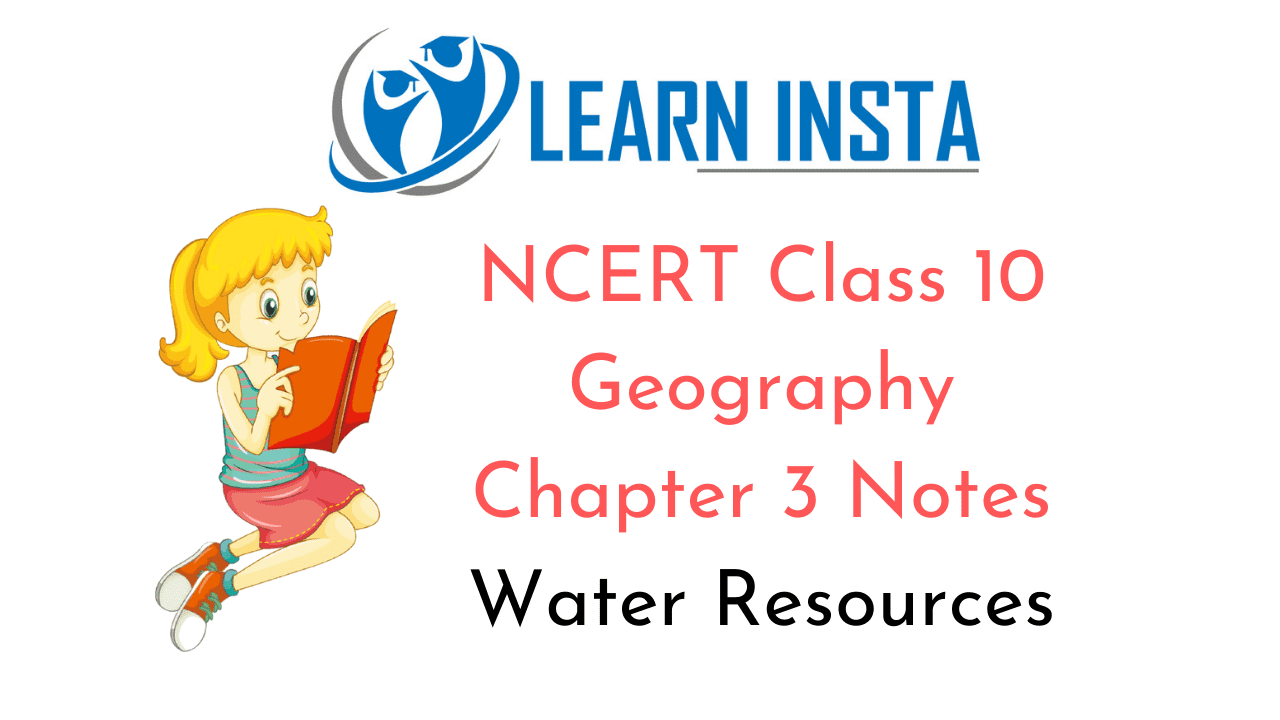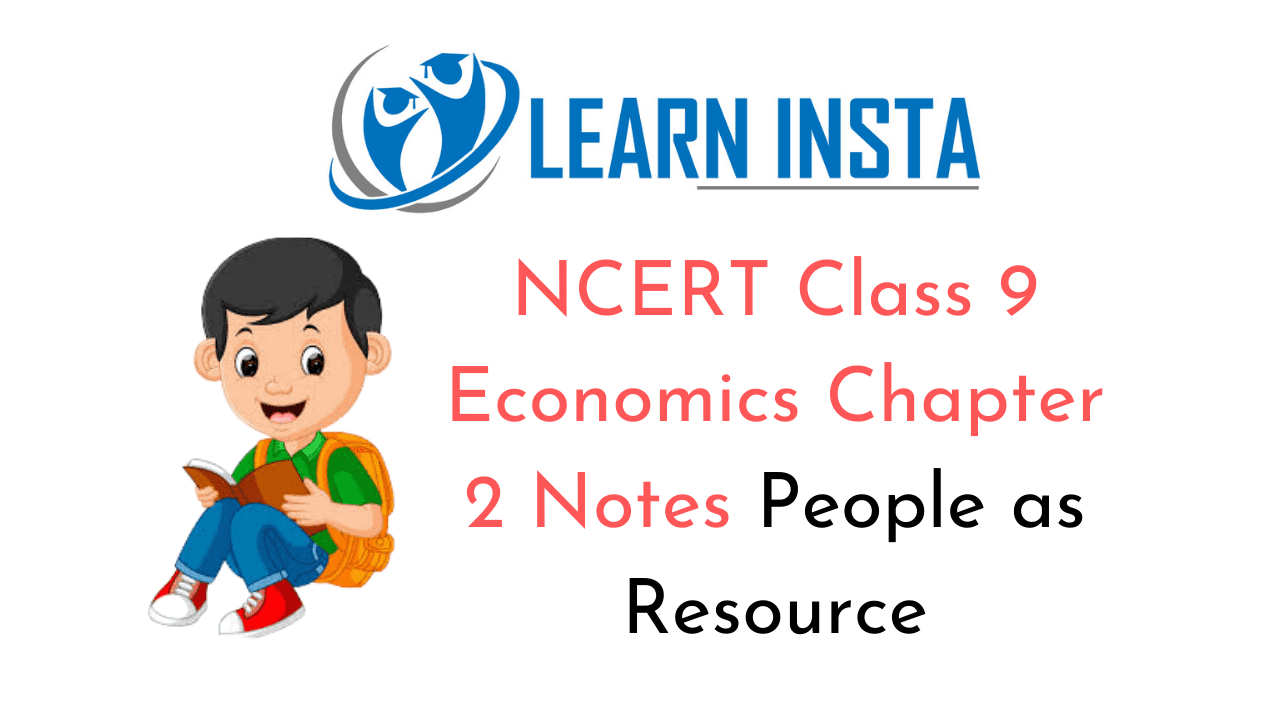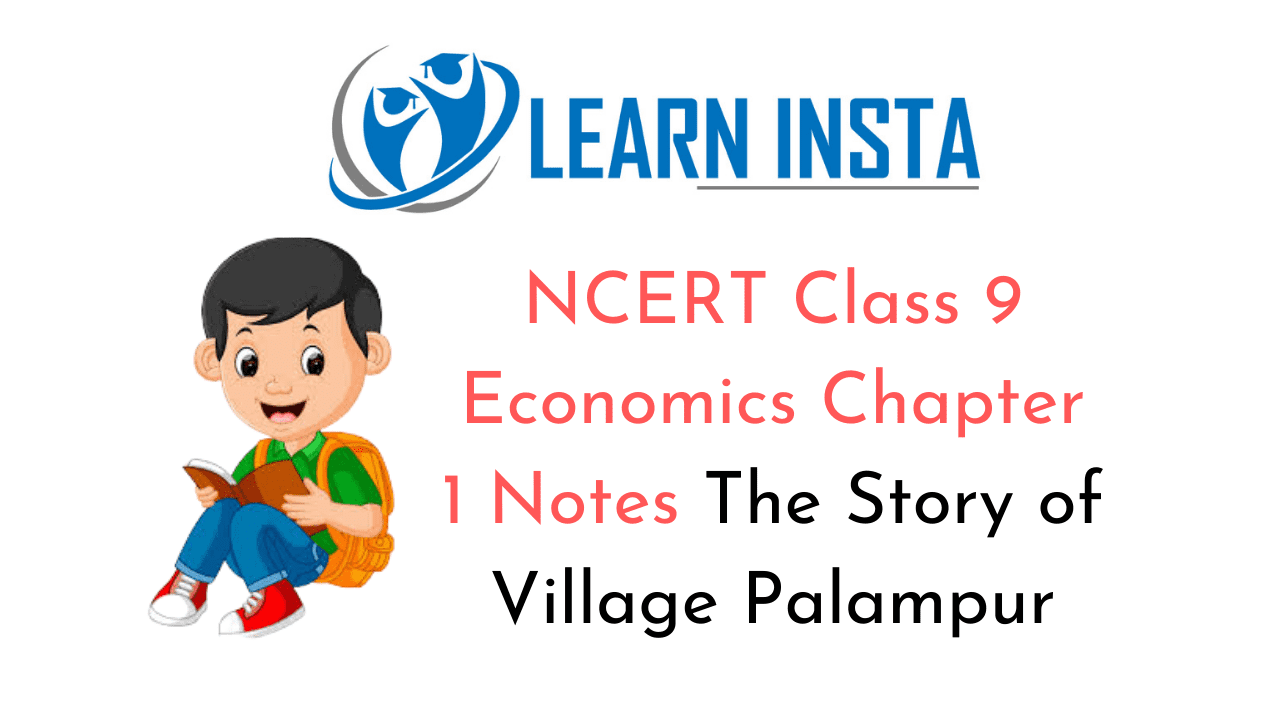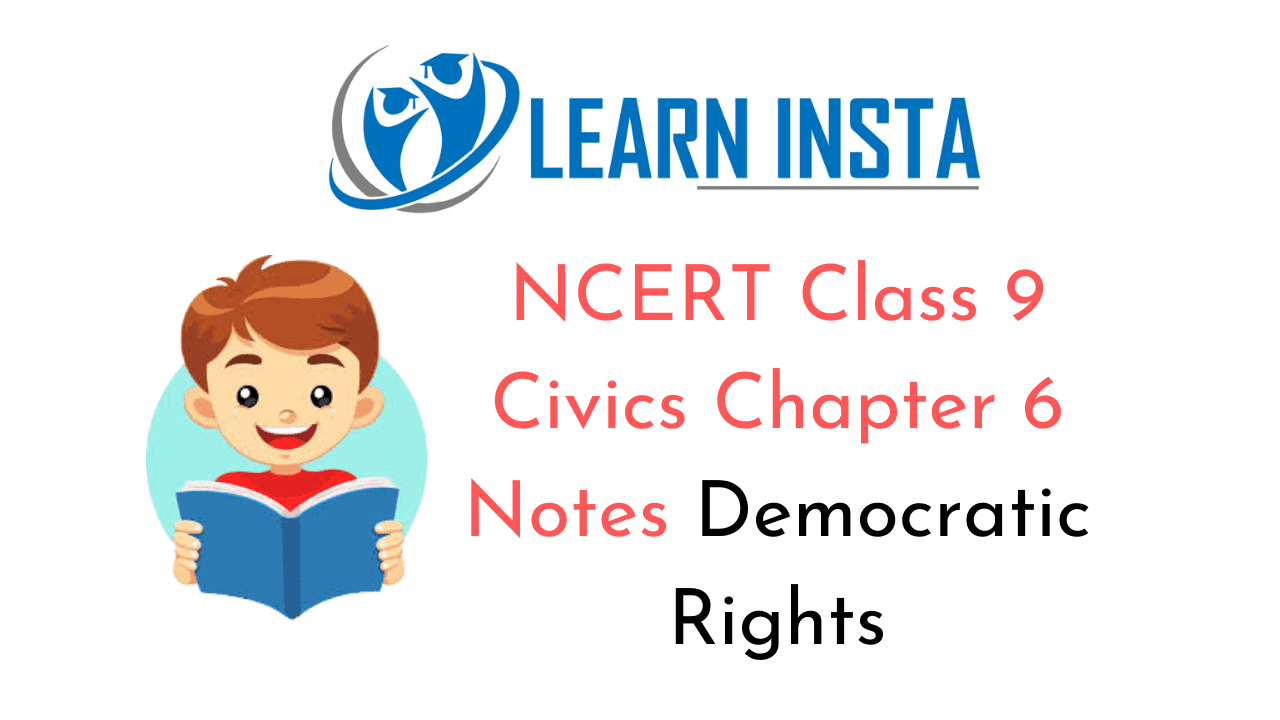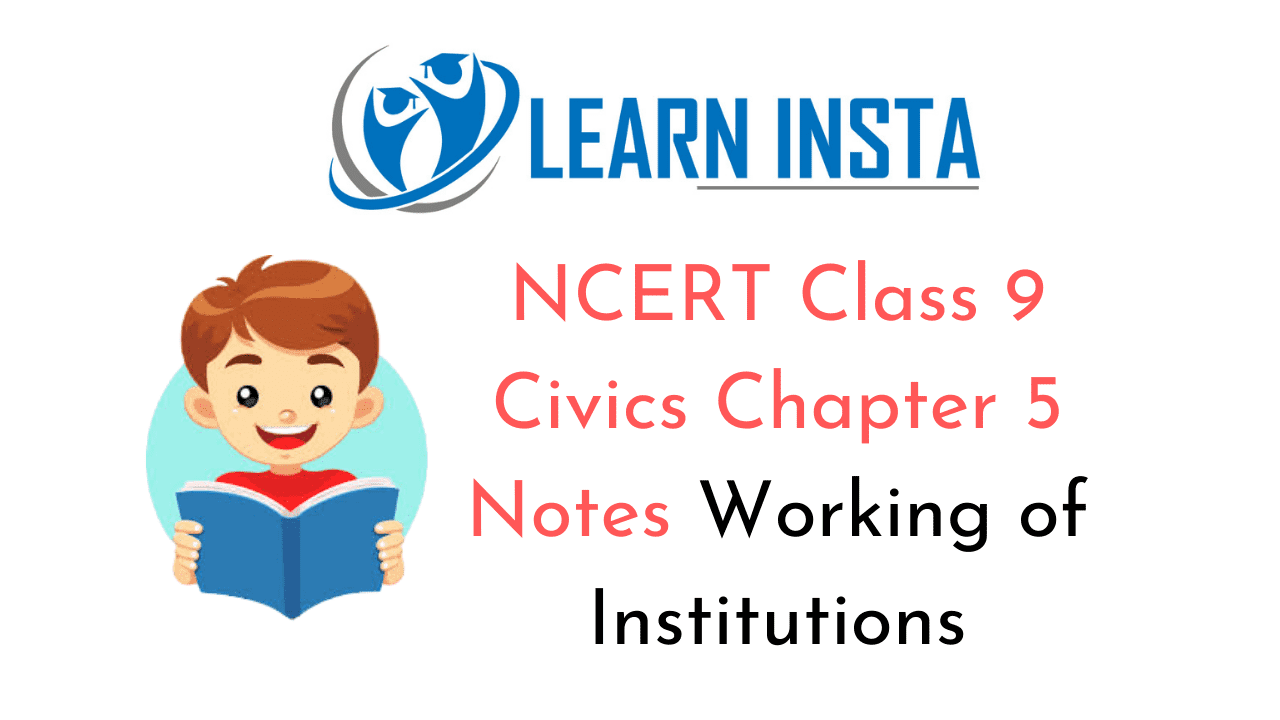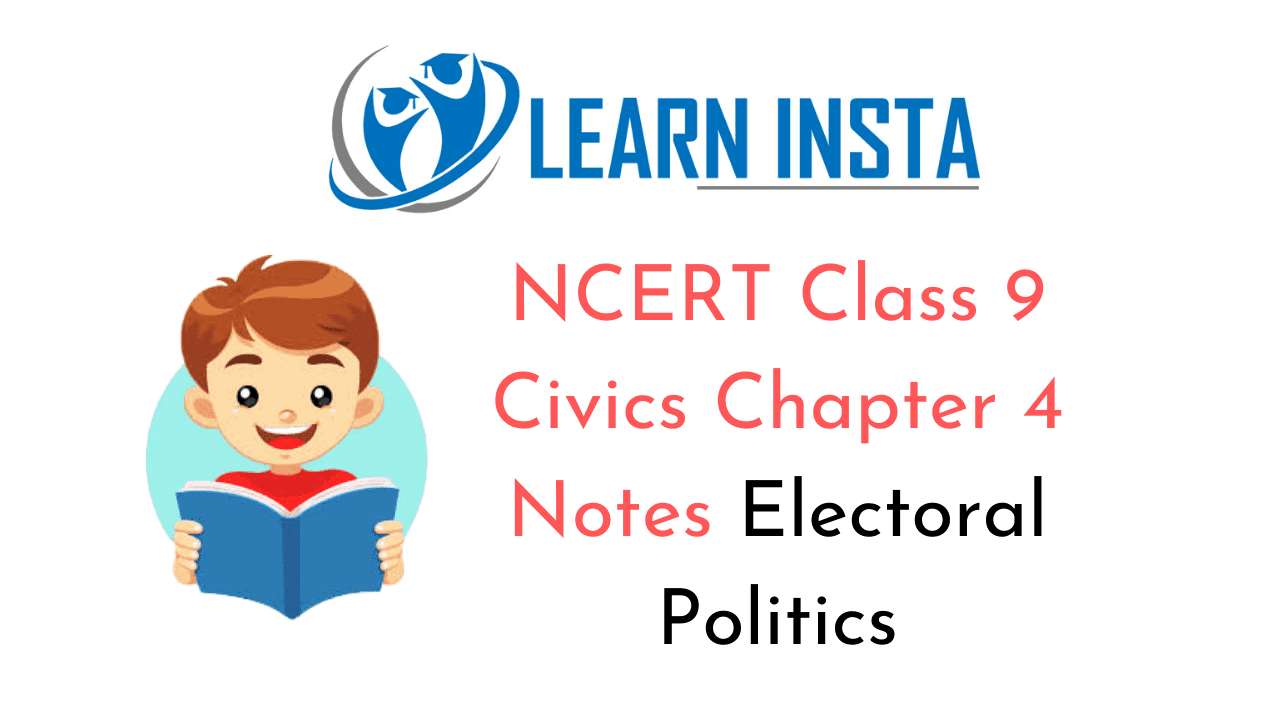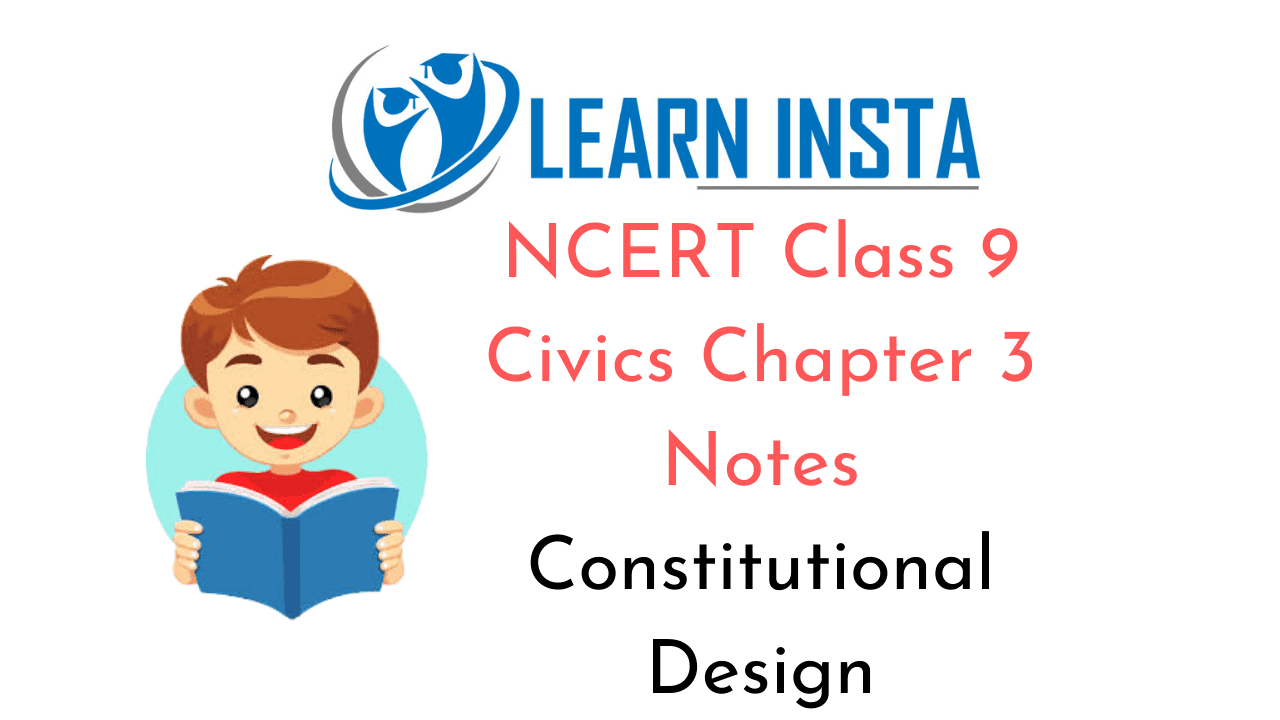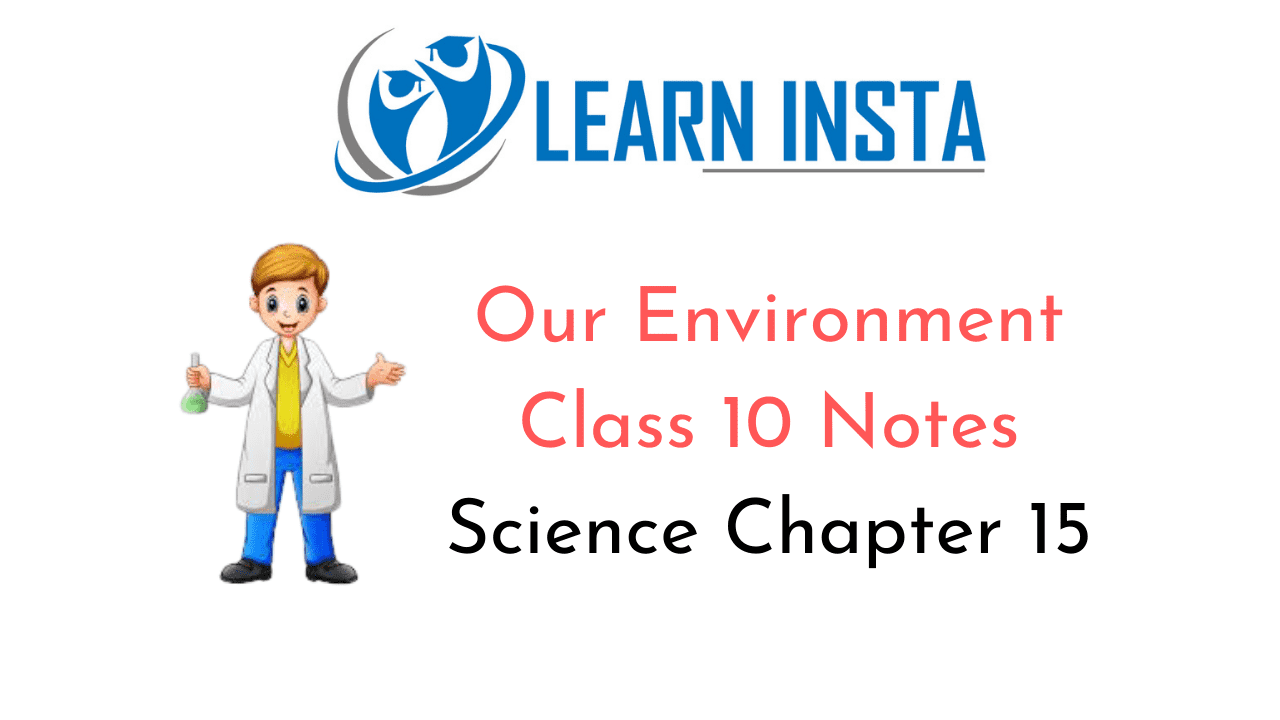 On this page, you will find Our Environment Class 10 Notes Science Chapter 15 Pdf free download. CBSE NCERT Class 10 Science Notes Chapter 15 Our Environment will seemingly help them to revise the important concepts in less time.
On this page, you will find Our Environment Class 10 Notes Science Chapter 15 Pdf free download. CBSE NCERT Class 10 Science Notes Chapter 15 Our Environment will seemingly help them to revise the important concepts in less time.
CBSE Class 10 Science Chapter 15 Notes Our Environment
Our Environment Class 10 Notes Understanding the Lesson
1. Environment: Everything which surrounds us is environment. It may include living (biotic) and non-living (abiotic) components.
2. Biodegradable substances: Substances that can be slowly destroyed and broken down into very small parts by natural processes with the help of bacteria, fungi, etc. Example: Organic wastes like vegetable and fruit peels, dead plants and animals, etc.
3. Non-biodegradable substances: Substances which cannot be broken down or decomposed into the soil by natural agents are called non-biodegradable. Example: Plastics, polystyrene, metals, aluminium cans, toxic chemicals, paints, etc.
4. Problem due to Non-biodegradable substances: The non-biodegradable substances persist in the j environment for a long time as they are usually unreactive (inert) and may be harmful for the members of the ecosystem.
5. Same enzyme does not break-down everything (Reason for pollution by plastic):
Enzymes are highly specific in their action. Due to this specificity of the enzymes to act on a particular substrate only, many human-made materials like plastics are not broken down by the action of enzymes of bacteria or other saprophytes.
These materials are acted upon by physical processes like heat and pressure which makes them persistent for several thousand years.
6. Ecosystem: All the interacting organisms in an area together with non-living components form an ecosystem.
| Types of Ecosystem | ||
| Natural Ecosystem | Man-made Ecosystem | |
| Terrestrial [on land] | Forest, Desert, Grassland | Cropland, Garden |
| Aquatic [in water] | Fresh water: River, Lake, Pond Marine: Sea, Oceans | Aquarium |
On the basis of their position or role in the ecosystem, the organisms are classified as:
1. Producers: The organisms which can synthesise their own food by the process of photosynthesis in presence of sunlight, i.e., all green plants, blue green algae, some photosynthetic bacteria, etc.
2. Consumers: Consumers feed on producers or other consumers to survive. They directly or indirectly depend on producers for their food.
| Types of Consumers | |||
| Herbivores | Carnivores | Omnivores | Parasites |
|
Feed on plant or plant parts. Example: Rabbit, . Goat, Deer, etc. |
Eat flesh Example: Lion, Tiger, etc. | Feed on both plants and flesh. Example: Crow, Man, etc. |
Live on or inside the host to derive nourishment. Example: Plasmodium, lice, tapeworm, etc. |
3. Decomposers: The organisms which breakdown (decompose) the dead remains of plants and animals or convert complex compounds into simpler ones so that they go into the soil and are used up again by the plants are called decomposers. Example: Fungi and bacteria. Decomposers help in the replenishment of the natural resources.
4. Role of Decomposers:
Decomposers breakdown the dead remains and waste products of organisms i.e., complex organic substances into simple inorganic substances that go into the soil and are used up once more by the plants.
5. Food Chain: Food chain refers to an arrangement of different biotic groups in a sequence of energy transfer. It consists of a series of organisms feeding on one another.
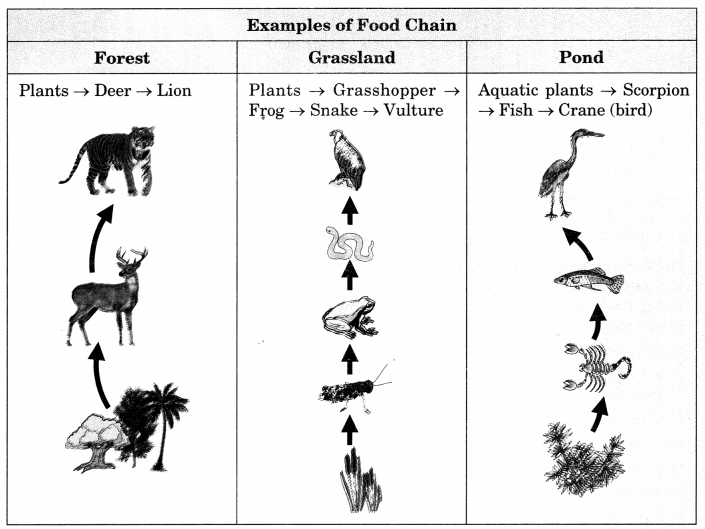
6. Food web: In nature, the food chains are interconnected with each other forming a web-like pattern. This network of food chains is called a food web.
- Trophic level: Each step or level of the food chain where transfer of energy takes place is called trophic level.
- First Trophic level: Autotrophs (Producers)
- Second trophic level: Primary consumers (Herbivores)
- Third Trophic level: Secondary consumers (Small carnivores)
- Fourth Trophic level: Tertiary consumers (Larger carnivores)
7. Flow of energy between various components of the environment
- Green plants capture 1% of the sunlight that falls on their leaves.
- The flow of energy is unidirectional in a food chain.
- Ten Percent Law: About 90% of energy is used by the present trophic level in its life processes like respiration, digestion, etc. and only 10% of energy is transferred to the next trophic level.
.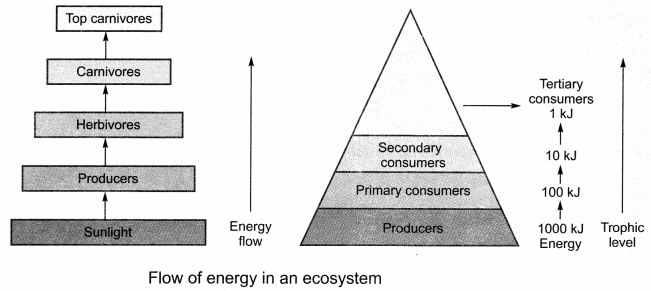
- Food chains generally consist of only three or four steps: Only 10% of energy is transferred to the next trophic level, so the loss of energy at each step is so great that very little usable energy remains after four trophic levels.
- There are generally a big population at lower trophic levels of an ecosystem. The population of the producers is the highest in a food chain.
- The relationship among organisms can be shown as a series of branching lines called a food web instead of a straight line as each organism is generally eaten by two or more other kinds of organisms which in turn are eaten by several other organisms.
8. Biological Magnification: The pesticides and other chemicals used to protect our crops from diseases and pests get either washed down into the soil or into the water bodies. They enter the food chain on being absorbed by the plants along with water and minerals from soil or on being taken up by aquatic plants and animals from the water bodies.
These get accumulated progressively at each trophic level as they are not degradable. The maximum concentration of these chemicals gets accumulated in human bodies as humans occupy the topmost trophic level in a food chain. This phenomenon is known as biological magnification. Due to this, our food grains, vegetables and fruits contain varying amounts of pesticide residues.
Ozone: Ozone (O3) is a molecule formed by three atoms of oxygen.
9. Bad Ozone: The ozone present in the troposphere (lower parts of atmosphere) is harmful for plants and animals.
10. Good Ozone: The ozone present in the stratosphere (higher levels of the atmosphere) is beneficial as it shields the surface of the Earth from ultraviolet (UV) radiation of the Sun which is highly damaging to organisms and can cause skin cancer in human beings.
11. Formation of Ozone:
High energy UV radiation act on oxygen (O2) molecule and split apart some molecular oxygen (O2) into free oxygen (O) atoms. These oxygen atoms then combine with the molecular oxygen to form ozone.

12. Reason of Ozone Depletion:
Excessive use of synthetic chemicals like chlorofluorocarbons (CFCs) used as refrigerants and in fire extinguishers, caused ozone depletion in the upper atmosphere. In 1987, UNEP (United Nation Environment Programme) forged an agreement to freeze CFCs production at 1986 levels by all countries.
13. Ozone Hole: The decline of ozone layer thickness in Antarctica was first discovered in 1985 and was termed as Ozone Hole (thinning of ozone layer).
14. Management of Garbage:
Rapid industrialisation and the rise in demand of consumer goods have led to excessive garbage generation and problems of their disposal.
15. The methods of solid waste disposal are:
- Recycle: Non-biodegradable solid wastes like plastic, metal can be recycled.
- Reuse: Paper can be reused for making greeting cards, decorative articles, etc.
- Composting: Organic wastes filled into a compost pit can be converted into organic manure.
- Landfill: Wastes dumped in low lying area are compacted by rolling with bulldozers.
- Incineration: Burning wastes in incinerators.
16. Use of Disposable Paper cups: Instead of plastic cups, use of disposable cups made of clay called kulhads were suggested as an alternative. The use of kulhads on large scale results in loss of the fertile top soil. So, now disposable paper cups are being used instead of kulhads.
Class 10 Science Chapter 15 Notes Important Terms
Biodegradable substances: The substances which can be easily broken down into simpler substances by natural processes, e.g., wood, paper, etc.
Non-biodegradable substances: The substances which cannot be easily degraded into simpler substances by natural processes, e.g., plastics, DDT, etc.
Pollution: Any undesirable change in the physical, chemical or biological characteristics of air, water or soil is called pollution.
Ecosystem: The interaction of the living and non-living components of an area forms a unit called ecosystem.
Biotic: The living components of an ecosystem are called biotic. For example, predators, plants, parasites, etc.
Abiotic: The non-living components of an ecosystem are called abiotic. For example, temperature, humidity, etc.
Food chain: It is the sequence of organisms formed to transfer food energy by the act of eating or being eaten.
Food web: A network of food chains is called a food web.
Trophic level: Various steps in a food chain at which the transfer of energy takes place are called trophic levels.
Producers: The organisms which can synthesise their own food by the process of photosynthesis.
Consumers: The organisms which depend directly or indirectly on producers for their food requirements.
Decomposers: The organisms which break down the complex substances present in dead remains of plants and animals into simpler substances.
Biological magnification: The phenomenon in which the concentration of harmful toxicant goes on increasing at successive trophic levels, e.g., DDT.
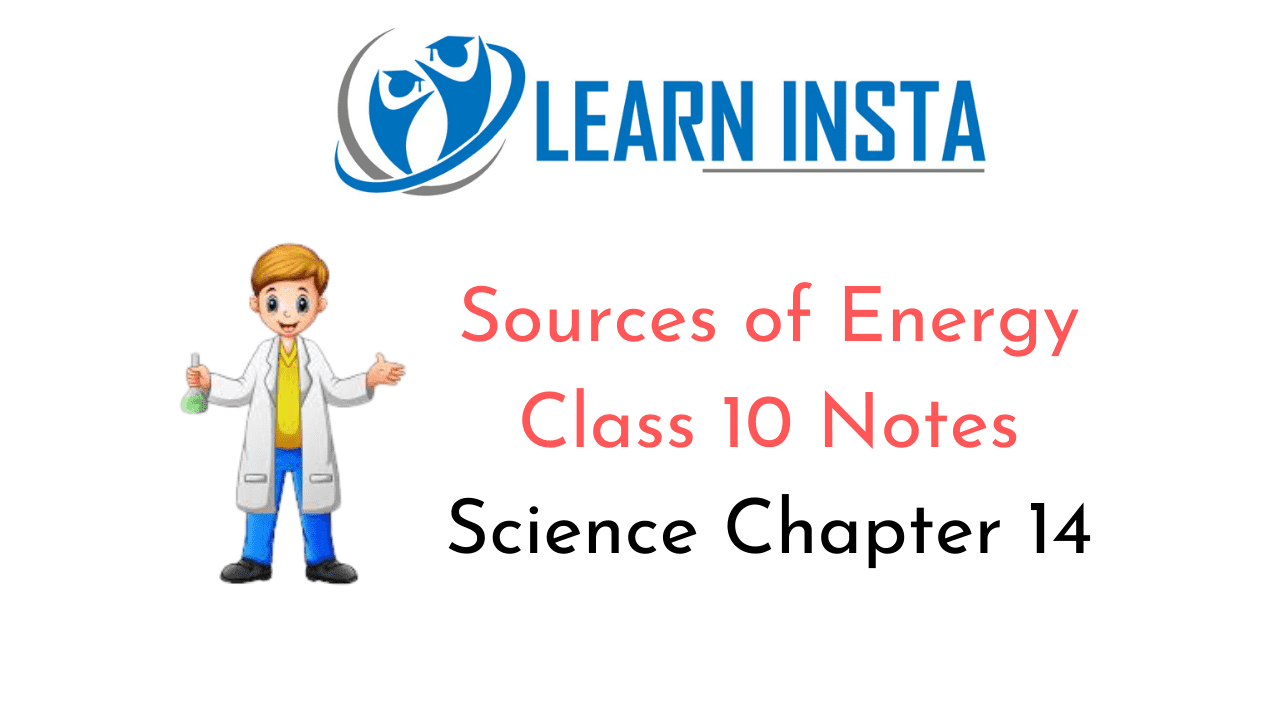 On this page, you will find Sources of Energy Class 10 Notes Science Chapter 14 Pdf free download. CBSE NCERT
On this page, you will find Sources of Energy Class 10 Notes Science Chapter 14 Pdf free download. CBSE NCERT 